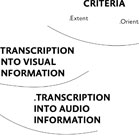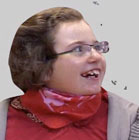Transverse dialogic environment
Transverse is a dialogic environment for schools or specialized centers focused on people with severe mental or physical disabilities, through an interface that promotes connection and expression.
How can design projects focused on severe disabilities go beyond an assistive approach?
That’s the question Transverse is intended to answer. The vast majority of design projects regarding severe disabilities are based on assistance. Disability is seen as a problem to be compensated for, as opposed to an opportunity for creating new experiences – not only for the people with disabilities themselves, but for everyone. Transverse was inspired by people diagnosed with Rett syndrome, a severe neurological disorder that affects motor, cognitive and speech functions (among others). People diagnosed with Rett syndrome are very drawn to music and rhythm, and use eye contact as the main form of communication.
The key concept of this project is dialogue: an experience of sharing, connection and expression, where the patient/caregiver dynamics dissolves and both become interlocutors. In a Transverse room, two or more people can create an unique nonverbal dialogue. An interface composed of several kinds of sensors and cameras translates body movement, facial expression and eye movement into visual and audio information.
Also decisive to Transverse are the concepts of translation and language – there isn’t a predefined set of symbols that correspond to certain body movements. During each Transverse experience, movements are translated into particular visual and audio information, which the participants gradually learn to acknowledge as an unique language. Eventually, they begin to explore the possibilities of expression within it and create a rich dialogic environment.
Design Process
Cartography experiment
1/4
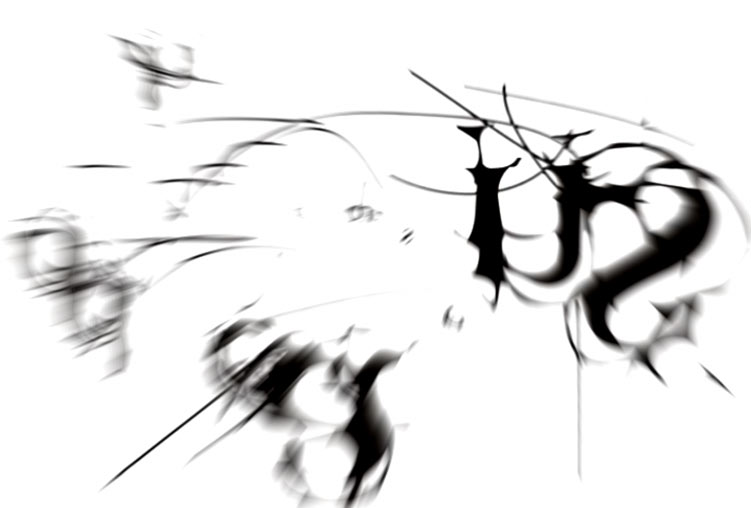

The design process began with several visits to a specialized center in Paris, which offers educational activities and paramedical support for children having different kinds of disability – including Rett syndrome. I also attended the International Rett Syndrome Congress in Paris, where families shared their stories and discussed their needs.
After those experiences I conducted a bibliographic research, which led to a cartography experiment that built the foundation for Transverse.
Interface behaviour
2/4
It was then time to define the interface’s behavior, based on the key premises of translation and language, where the combination of information modes contributes to a new form of expression and experience:
1. Trigger elements I: all body movement is captured and decoded according to qualitative criteria;
2. Transcription of body movement into visual information;
3. Transcription of visual information into audio information (music, rhythm);
4. Trigger elements II: participants can play with the audio information, and all body movement and sound is captured and decoded according to qualitative criteria;
5. Transcription of the new dialogue into additional visual information.
Visual environment design
3/4
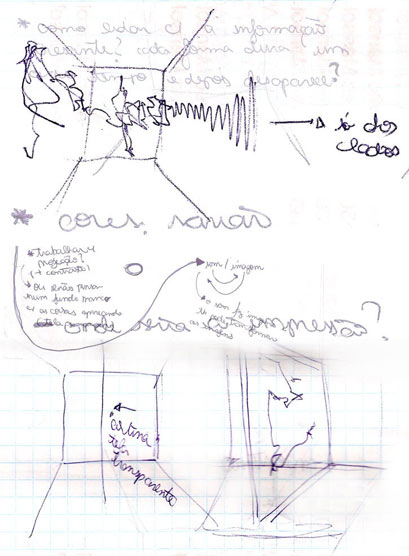
Since Transverse is about dialogue, it is crucial that visual information generated by the interface doesn’t overshadow the interaction between the participants, which is the most important aspect of the experience.
Therefore, visual information is displayed only on the room’s walls – so that the participants can move freely. In addition, the display reflects light instead of being backlit, in order to keep the room’s regular light conditions and facilitate the interaction.
Video prototypes
4/4
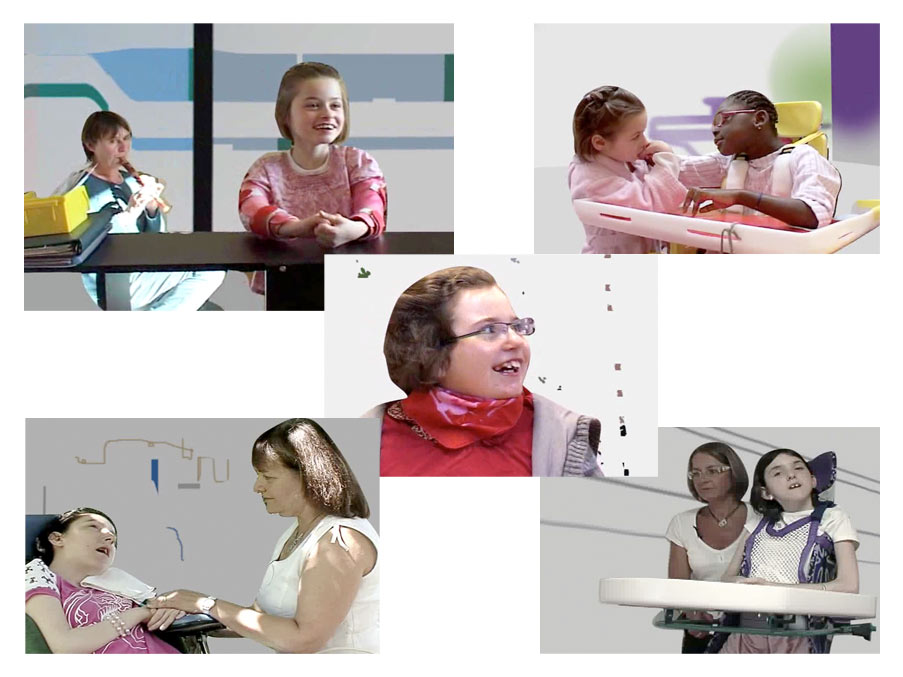
Transverse is simulated on these two video prototypes through a montage, using footage of a French documentary film on Rett syndrome and applying the interface’s visual and audio information.
The first video simulates the transcription of body movements into visual information. The second simulates the participants’ interaction with the audio and visual information presented – this interaction is eventually translated into additional visual information.
Note: the visual and sound information presented on the video prototypes are merely illustrative – they are not the result of the interface’s decoding system. The actual implementation of this project depends on interdisciplinary work.

